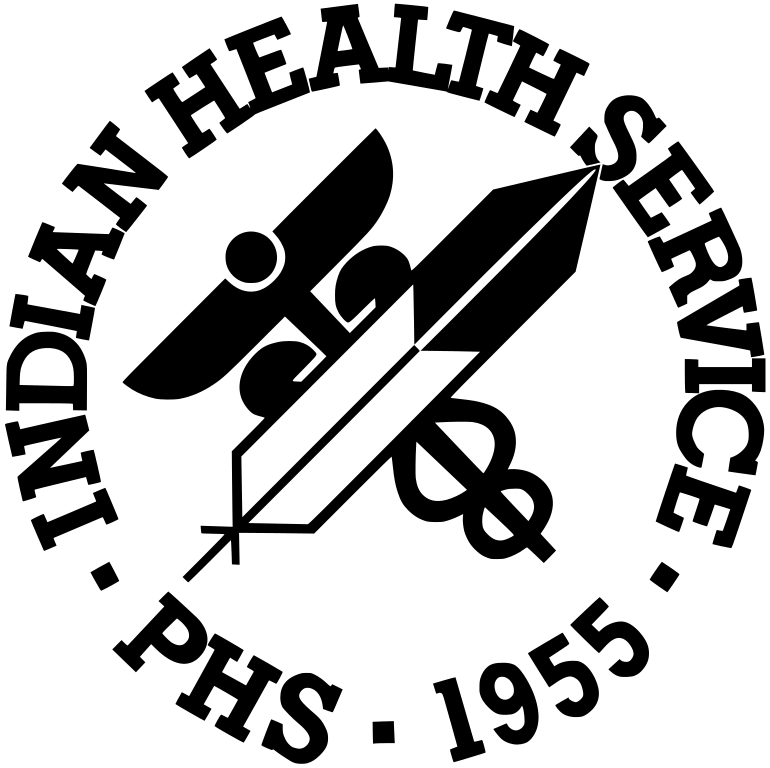Harm Reduction
Harm Reduction describes a positive approach to reduce the harm that may come from substance use and high-risk behaviors. It includes individual and community-based safety practices aimed to improve overall health and wellness, with a focus on acceptance instead of abstinence. Basic principles include:
- Valuing all people and their journey by delivering non-judgmental care and education of harm reduction strategies and available services without the fear of shame or punitive action
- Believing that people using substances should be empowered to seek and receive quality healthcare, regardless of their use status
- Recognizing social differences that impact people's ability to change behaviors
Naloxone, syringe service programs, and drug checking equipment (such as fentanyl or xylazine test strips) are a few strategies to support local harm reduction efforts. They serve as small but vital components of a comprehensive framework to promote health, reduce risk, and engage people struggling with substance use in their own health decisions. For a comprehensive overview of harm reduction pillars, principles, and practices, review the Substance Abuse and Mental Health Services Administration’s Harm Reduction Framework .
Incorporating Strategies into Routine Care
The words we choose matter, and often carry power in surprising ways. Quality harm reduction strategies include the use of universal, person-first, non-judgmental language delivered in thoughtful, deliberate ways to empower others to share their needs without fear or shame. This builds strong relationships, encourages honest discussions, and assists healthcare professionals with risk assessment and care coordination.
Learn more about the preferred language when talking about substance use disorder.
Persons who use substances are at an increased risk for viral hepatitis, Human Immunodeficiency Virus (HIV), and bacterial and fungal infections through sharing needles and drug-preparation equipment. Screenings for these diagnoses is considered a best practice, can be completed or discussed by a variety of healthcare professionals, and implementation is encouraged across the IHS system.
Health care providers should also incorporate screenings for substance use when patients are presenting with the aforementioned infections. Since patients may be hesitant to discuss their high-risk behaviors, cultivating a safe environment, encouraging a shared-decision conversation and explaining how the data is kept confidential and private is important to the foundation of a healthy patient-provider relationship. Screening strategies help to direct the referral of patients to prevention, treatment, and harm reduction programs.
Choose a universal, validated screening tool and documentation method for use at your facility. The Screening and Assessment Tools Chart provides a comprehensive guide and links to evidence-based screening and assessment tools.
Currently, IHS RPMS EHR allows for documentation of the following drug use screening tools:
- NIDA Drug Use Screening Tool [PDF - 181 KB] : screens for Alcohol/Drugs, for use with Adults, administered by Clinicians
- Drug Abuse Screen Test (DAST-10) : screens for Drugs, for use with Adult patients, administered by Clinicians
- CRAFFT : screens for Alcohol/Drugs, for use with Adolescents, both Self-administered and administered by Clinicians
- Parents, Partner, Past, and Present (4Ps) for pregnant people
While community resources and available treatment options vary across the country, all persons experiencing an overdose should be met with kindness and concern. Acute care providers, nurses, and other healthcare professionals can express this concern and create conversation to reduce harm through Screening, Brief Intervention, and Referral to Treatment (SBIRT). The use of this evidence-based practice often helps patients better understand their motivation for substance use and desire for change. It is also a billable service in many states.
The American College of Emergency Physicians provides guidance on emergency department naloxone distribution [PDF - 1.22 MB] . It includes key considerations for sites when implementing naloxone-specific harm reduction strategies.
Additional considerations should be given to buprenorphine initiation in emergency departments and outpatient settings. Providers in both locations frequently see patients in critical times of need, with a short window of opportunity to act on their desire for change. The prompt initiation of buprenorphine for opioid withdrawal management can lead to a dramatic increase in positive outcomes, especially when provided in coordination with mental health support. Providers can access training resources at a variety of sites, including those provided by IHS and the National Institute on Drug Abuse .
Resources
- Distributing Low Barrier Naloxone in Emergency Departments – National Harm Reduction Coalition
- Buprenorphine dosing guide [PDF - 1.4 MB] – SAMHSA
- Harm Reduction Tips [PDF - 1.4 MB] – National Harm Reduction Coalition


